Physical Address
304 North Cardinal St.
Dorchester Center, MA 02124
Physical Address
304 North Cardinal St.
Dorchester Center, MA 02124
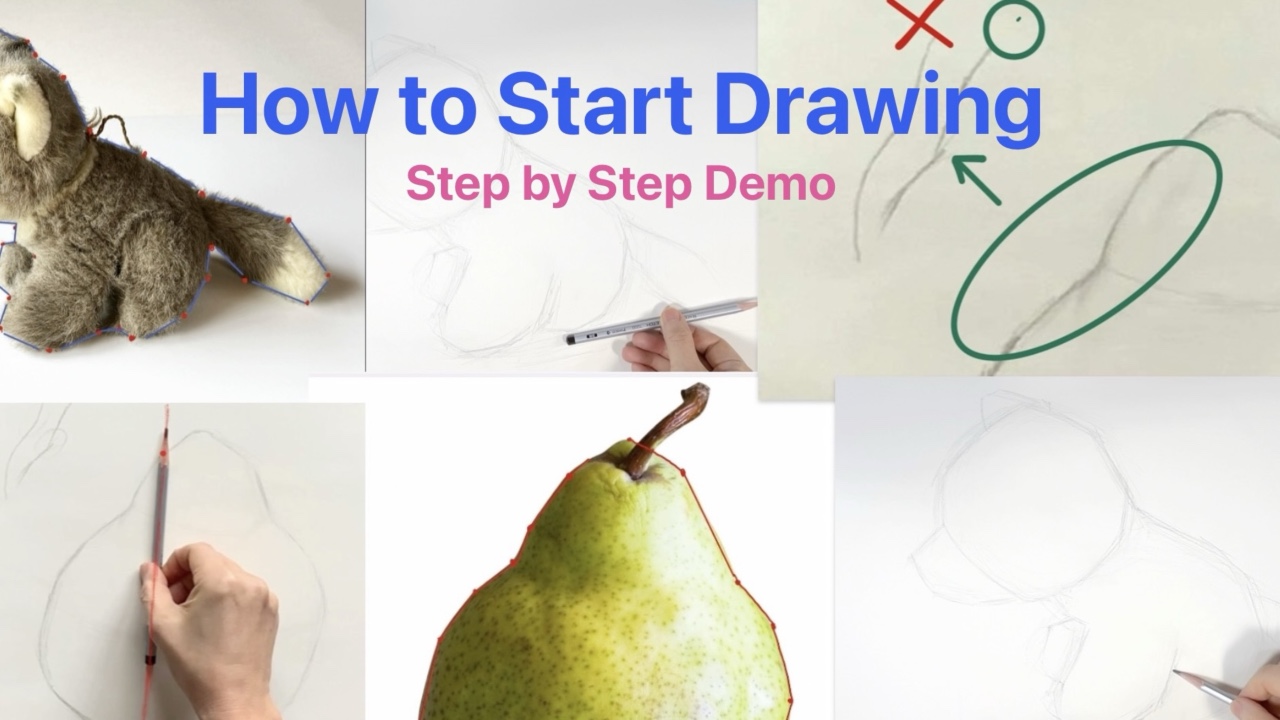
This approach is different from the contour drawing technique I introduced earlier. If you missed that lesson, check it out here: Understand Contour Drawing
Begin by “blocking in” the subject. This means reducing its form into basic shapes—straight lines, circles, ovals, boxes, and triangles. These shapes don’t have to be strictly geometric; the goal is to simplify what you see into manageable visual units.
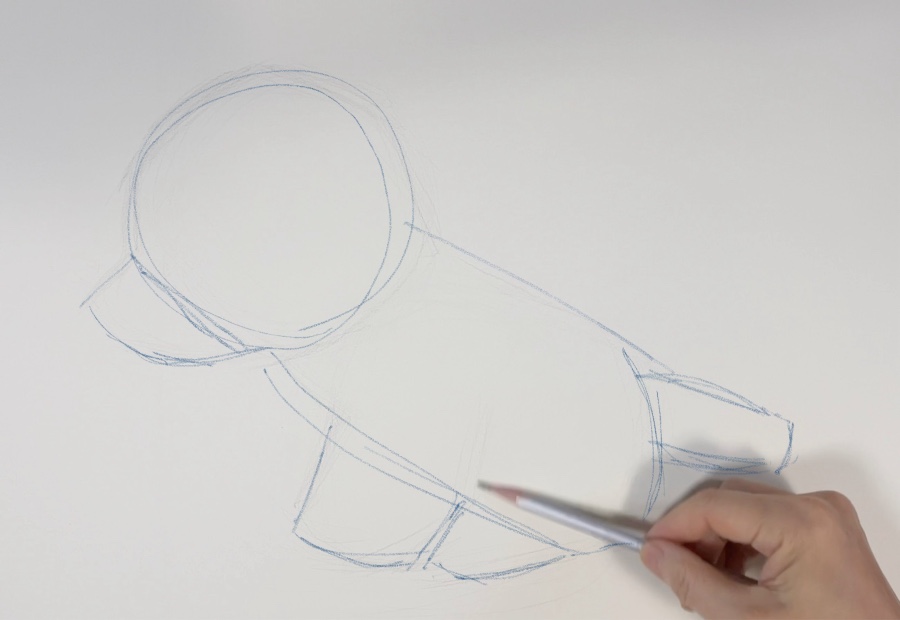
You’re laying the foundation of your drawing, not defining it yet. This step is essential for establishing correct proportions, placement, and balance.
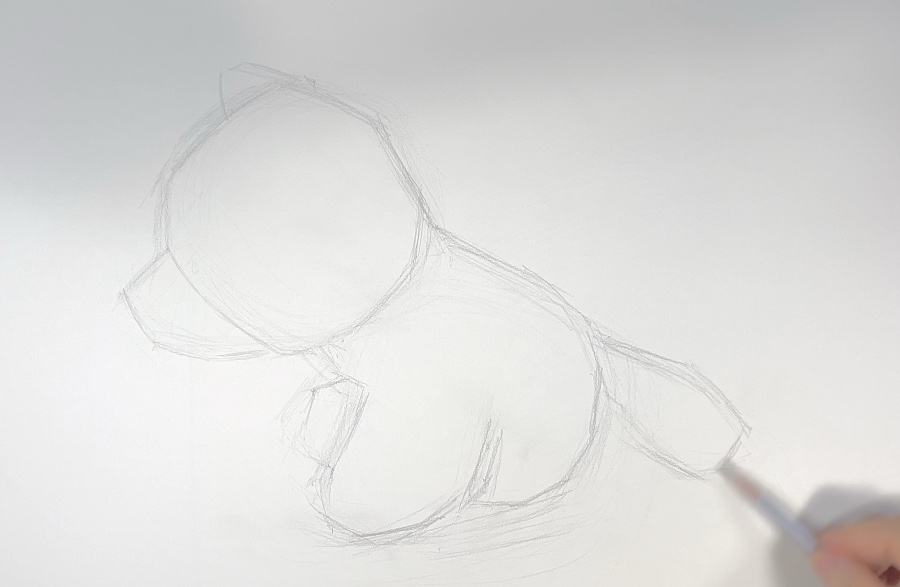
At this stage:
Pay close attention to where lines change direction-these are your turning points. A helpful way to think about this is as a dot-to-dot drawing. Identifying and connecting these key points is crucial for an accurate, believable form.
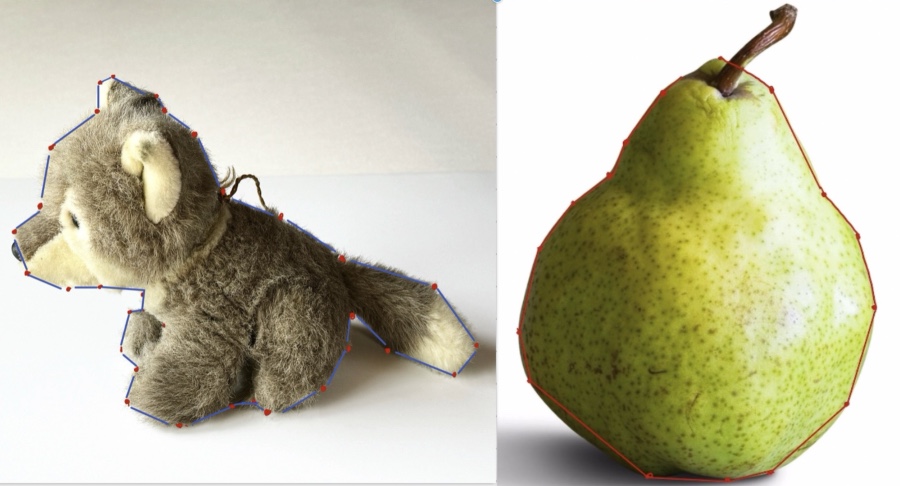
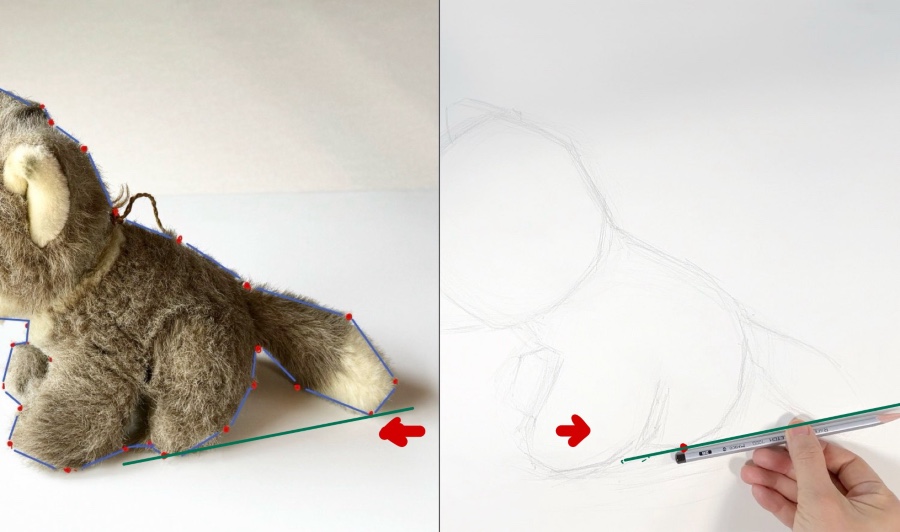
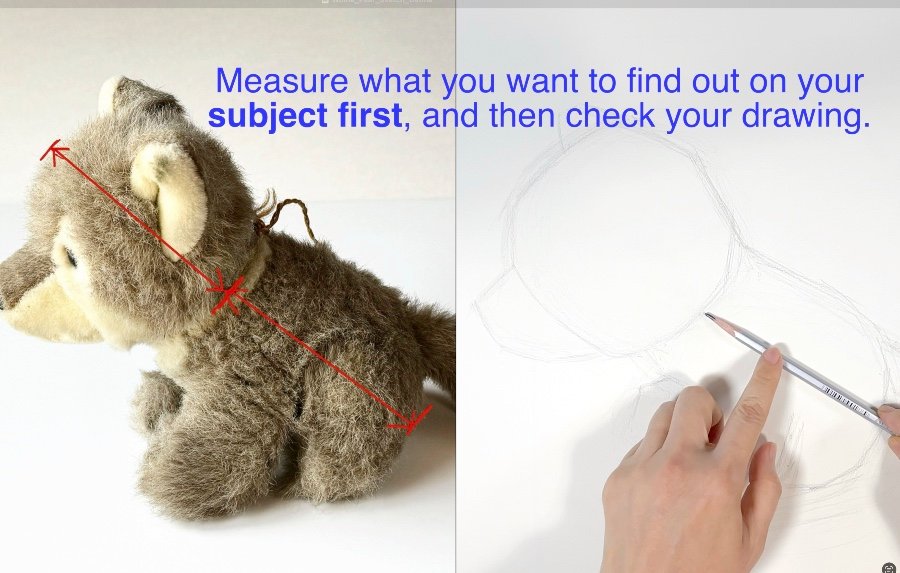
*In this lesson, we’ll rely mostly on freehand observation with simple pencil sighting. I’ll discuss more precise measuring and sighting techniques in a future post.
Erase unnecessary construction lines as you go, gradually cleaning up the sketch.
Do one last check of your turning points and angles to match the actual shape, then define the outer contours of the shape with cleaner, more confident lines. This step is where the drawing becomes more solid and resolved.

As you can see in the examples below, when you reach a point where the angle shifts, take a moment to ask yourself why. In this case, the shape of the pear shifts—this is where a new plane or dimension begins. Notice which drawing represents the form better.

Many beginners jump straight into small details, neglecting the overall shape.
Tip: Always begin with simple shapes to establish structure before adding details.
A tight grip and over-controlled hand can result in stiff, unnatural lines.
Tip: Draw with your whole arm, not just your wrist for looser & fluid strokes in the early stages.
Getting stuck on a single part can cause you to lose sight of the overall composition.
Tip: Work across the whole drawing to maintain balance and unity. Step back regularly and squint your eyes to help reduce details and clarify the overall shapes.
Focusing only on outlines without considering form and proportion can make your drawing look flat.
Tip: Think beyond the edges. Use your pencil for a simple sighting to check proportions and angles.
Jumping into complex subjects (like faces and figures) before mastering basic shapes is overwhelming and discouraging.
Tip: Build your skills with simple objects first, then gradually tackle more complex subjects.
By focusing on these fundamentals and being mindful of common pitfalls, you’ll steadily improve your ability to draw simple shapes with greater accuracy and confidence.
Stay observant, and enjoy the process!
Please watch my video demo: